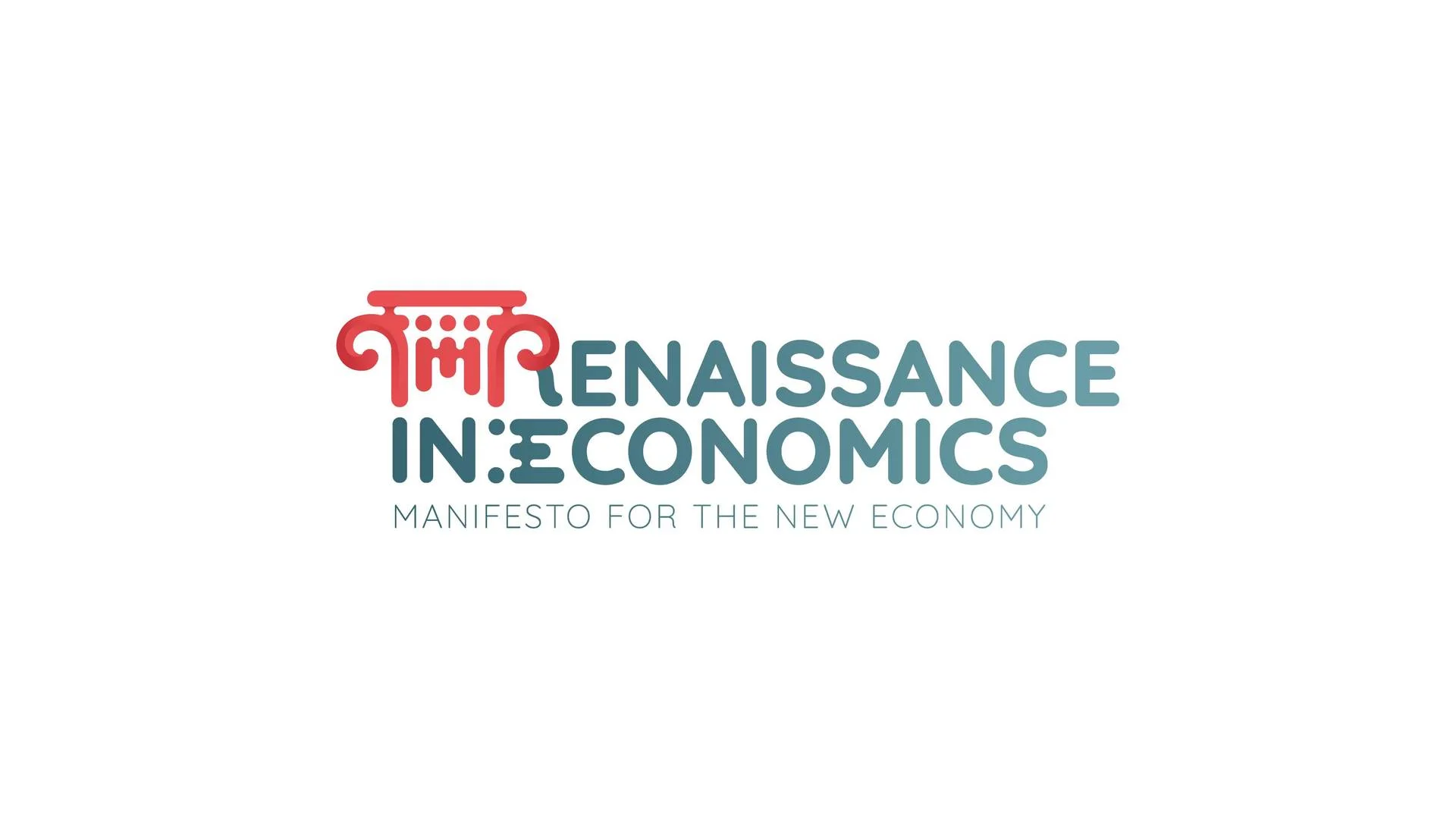Team Diversity
Diversity Recruitment: hiring multicultural talent for institutions
Read a summary using the INOMICS AI tool
Globalization has had a significant impact on the structure and function of organizations. Nowadays, HR and student recruiters are eager to offer positions to candidates from all over the world who provide a diversity of talent, the best skills and cultural adaptability. Previously we have discussed why hiring an international candidate can benefit your workplace and the multiple benefits of international students for universities. Now we want to go deeper into the topic of diversity recruitment and present some techniques to gather the best talent for your institution and maintain a happy, multicultural team.

What does diversity mean for HR and student recruiters?
Until recently, a diverse working or study group may have simply referred to a balance of genders, sexual orientation and race. Nowadays though, diversity is extended in meaning to cover minority groups, older persons, people from different cultures and people whose native language is not that of the group or institution. Diversity now refers to the inclusion of people with different life styles and value systems, for example, geographic location, income, religion, hobbies, educational background, work experience, parental and marital status1.
For HR recruiters, diversity ensures the success of the company. With today’s globalized markets, it is necessary to understand a different set of cultures, and their associated behaviours, needs and demands, in order to develop appropriate products and services. The most valuable market insight can come from employees who have a cultural background comparable to those of your target groups.
For student recruiters, keeping diversity in mind enables them to deliver to students the opportunity to interact with different nationalities and learn from each other. Multicultural student and professor groups deliver a higher level of learning not only in a specific subject, but also in terms of teamwork, coping with stress, adaptability and awareness of different opinions and ideas.
How can I put diversity recruitment into practice?

The most common way to start applying diversity recruitment is to set goals towards a diverse team at your institution. For example, to receive and prioritize applications from your target countries/cultures and advertise your open positions or study opportunities in places where your target groups work and live. Additionally there are a variety of practices that could help you reach your recruitment goals:
- Create a diverse pool of candidates: recruiting in the same places and with the same techniques will always bring the same set of skills and people. Try to attain visibility in specialized places, where your desired target groups are located.
- Classify your channels according to your segmentation of desired candidates: shortlist the channels where you usually get people with a special set of skills, or where you know you can reach people with a specific cultural background.
- Attend and sponsor industry events: whether to look for valuable partners or to contribute to the growth of the organization, events provide you with a chance to meet people interested in specific topics and career opportunities in a specific industry.
- Look for your candidates at the early stages of their career: if you are looking for researchers or students interested in one specific topic, you can try to approach young people who are interested in the issue and are looking for opportunities to become experts on the topic.
- Work out a collaboration agreement between universities and companies. If you are a university, cooperate with research centres and companies by offering opportunities to develop research. If you are a company or research institute, share your vacancies directly with universities to find the perfect fit for your needs.
- Include diversity in your mission statement and marketing materials: if your institution publicises the high importance it attaches to a varied team, more applicants will be willing to take your company or institution seriously and apply for your jobs, programs, events etc.
- Break down stereotypes: pre-judging the capability of individuals to fill an open position can lead to missed opportunities, not to mention the risk of (justified) accusations of discrimination.
- Use international recruitment websites that provide you with a worldwide reach, so your message is delivered to a good spread of people.
- If you are applying techniques such as recruitment on campus, always be aware if your recruiting team is being trained in diversity awareness, challenge their comfort zone, and attract the best candidates.
Recruiting a diverse team represents a challenge for recruiters but also a big reward in terms of long-term development of the organization. In our next newsletter, we will cover some techniques about how to maintain a multicultural team, i.e. to keep them satisfied and happy. Feel free to write to us at info@inomics.com if you are interested in knowing more about INOMICS, our research initiatives in the field of professional or student recruitment, and the advertising opportunities to reach top international students and researchers in economics, business and finance worldwide. We will be happy to work with you to attract the best candidates for your institution.
1Diversity Recruitment. NAS Insights http://www.mature-project.eu/materials/DiversityRecruitment_guidelines.pdf
-
- Assistant Professor / Lecturer Job, Professor Job
- Posted 1 week ago
Lecturer / Senior Lecturer in Economics
At University of Canterbury in Christchurch, Nueva Zelanda
-
- Assistant Professor / Lecturer Job
- Posted 6 days ago
Assistant Professor of Finance and Economics
At Eastern Kentucky University in Richmond, Estados Unidos
-
- Escuelas de Verano
- Posted 1 week ago
BSE Summer School 2026: Economics, Finance, Data Science, and related fields
Starts 22 Jun at Barcelona School of Economics in Barcelona, España















